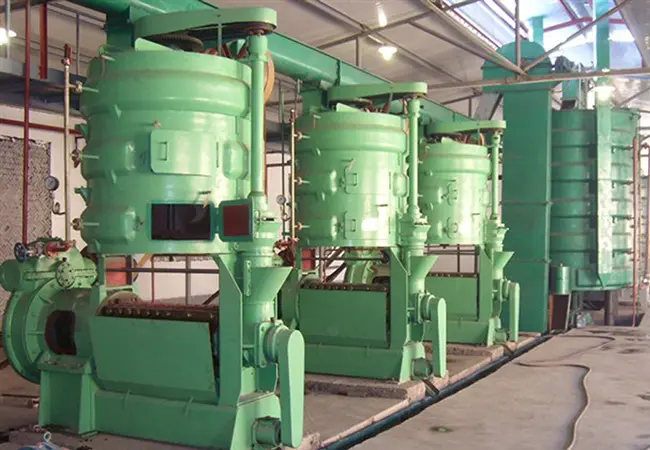Oct . 19, 2024 06:43 Back to list
best corn germ oil refining unit
Best Corn Germ Oil Refining Unit A Comprehensive Guide
Corn germ oil is a valuable product derived from the germ of corn kernels, known for its light flavor and high smoke point, making it an attractive option in the culinary and food processing industries. However, to produce high-quality corn germ oil that meets consumer standards, an efficient refining unit is essential. In this article, we will explore the critical components that define the best corn germ oil refining unit and the processes involved.
Understanding the Refining Process
The refining process of corn germ oil typically involves several crucial steps degumming, neutralization, bleaching, and deodorization. Each stage plays a vital role in enhancing the oil's quality by removing impurities, free fatty acids, pigments, and odors.
1. Degumming This initial step involves the removal of phospholipids and other hydrophilic impurities. These impurities can cause haze and affect the oil's stability. Water or acid is often used in this phase to separate the gum from the oil, creating a cleaner product.
2. Neutralization Following degumming, the oil undergoes neutralization to eliminate free fatty acids. This step is critical as excess free fatty acids can affect the oil's flavor and shelf life. Alkali solutions are typically used to neutralize these acids, resulting in the formation of soapstock, which can be removed through centrifugation.
3. Bleaching The bleaching process involves the removal of color pigments and certain impurities that can affect the oil's appearance and quality. Absorbent materials, such as activated clays, are added to the oil, which adsorbs the unwanted compounds. The result is a lighter-colored oil that is more appealing to consumers.
4. Deodorization The final stage of refining is deodorization, where steam is applied under vacuum conditions to eliminate volatile compounds that contribute to undesired odors and flavors. This process is crucial for producing a neutral oil that can be used in various culinary applications.
Features of the Best Corn Germ Oil Refining Unit
best corn germ oil refining unit

A top-notch corn germ oil refining unit should possess several characteristics to ensure efficient operation and high oil quality
1. Advanced Technology The best refining units are equipped with state-of-the-art technology, including automatic control systems that ensure precise temperature and pressure management throughout the refining processes. This not only enhances efficiency but also helps maintain consistent oil quality.
2. Energy Efficiency With rising energy costs, an energy-efficient refining unit can significantly reduce operational expenses. Units that utilize heat exchangers and advanced insulation techniques can minimize energy consumption during the refining process.
3. Modularity and Scalability The capability to adapt the refining unit to different production scales is vital. A modular design allows for easy expansion or modification, catering to varying market demands without the need for extensive overhauls.
4. Safety Features Safety is paramount in any oil refining operation. The best units are designed with robust safety measures, including pressure relief systems, alarm systems, and emergency shut-off controls to safeguard personnel and equipment.
5. Quality Control Systems Maintaining high oil quality requires stringent monitoring at every refining stage. Advanced quality control systems should be incorporated into the unit, allowing for real-time analysis of oil parameters and ensuring compliance with industry standards.
Conclusion
In conclusion, the best corn germ oil refining unit is characterized by its advanced technology, energy efficiency, modular design, safety features, and robust quality control systems. By investing in a high-quality refining unit, producers can ensure the high-quality production of corn germ oil that meets market demands while maximizing profitability. With rising consumer awareness of healthy oils, the importance of effective refining processes cannot be overstated.
-
Top Food Oil Refined Unit Companies w/ GPT-4 Turbo Tech
NewsAug.01,2025
-
Premium Black Seed Oil Expeller - High Efficiency Cold Press Oil Machine
NewsJul.31,2025
-
Oil Processing Equipment - High-Efficiency Flaking Machine
NewsJul.25,2025
-
High-Efficiency Peanut Oil Refined Machine for Quality Oil Production Leading Exporters & Companies
NewsJul.08,2025
-
High Efficiency Sunflower Seed Oil Press – Leading Cooking Oil Press Machine Factories & Suppliers
NewsJul.08,2025
-
High-Efficiency Soybean Oil Press Machine – Leading Exporters & Reliable Companies
NewsJul.07,2025
